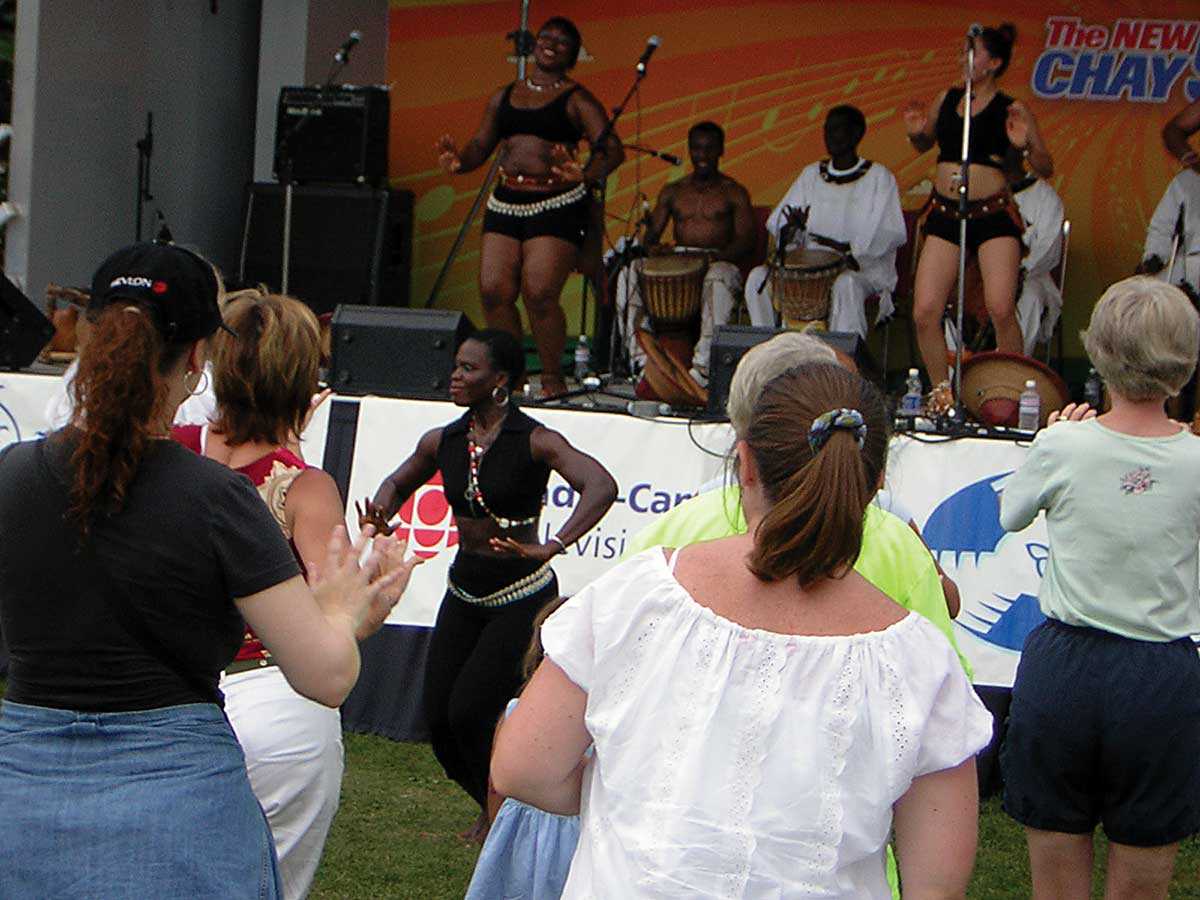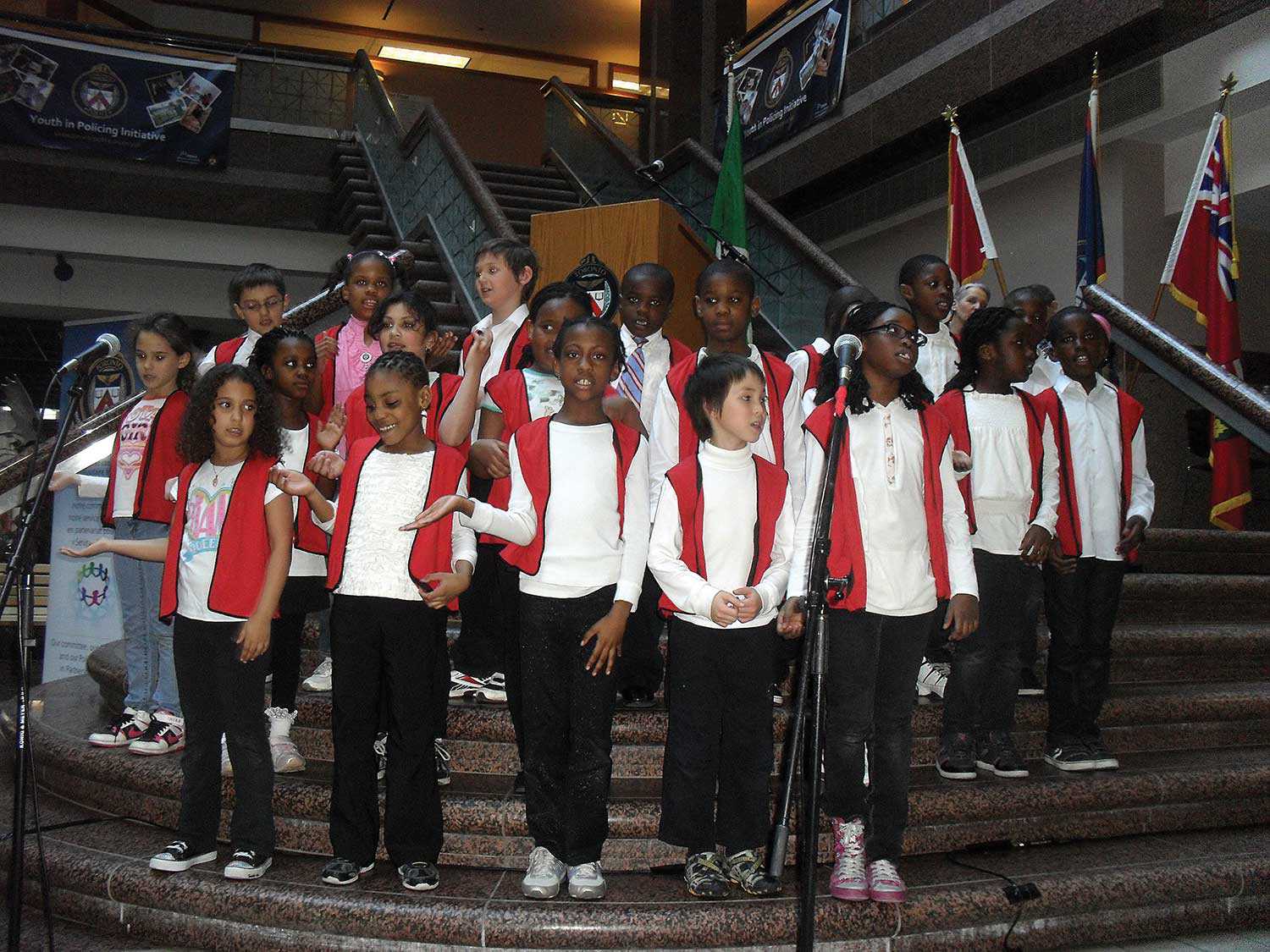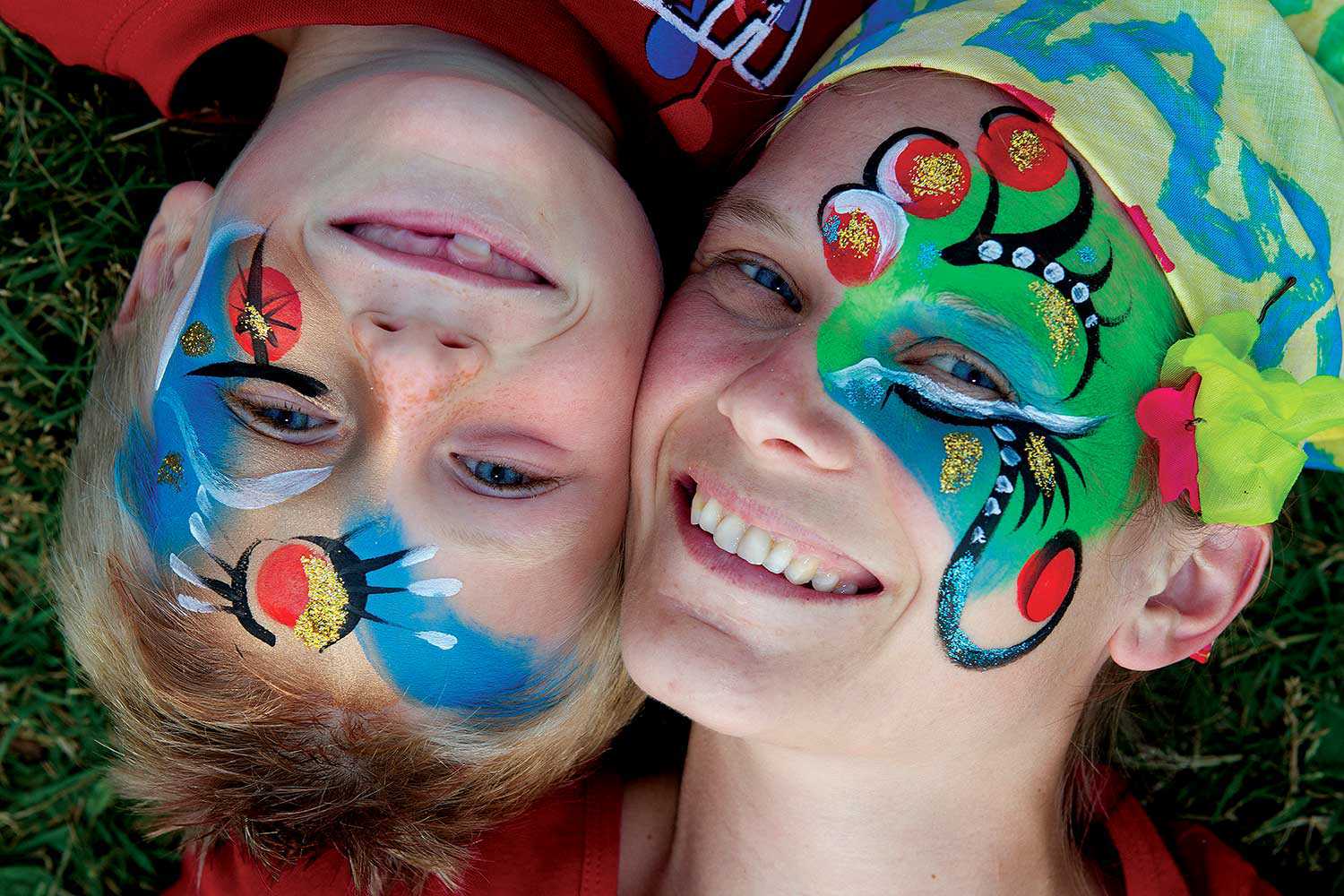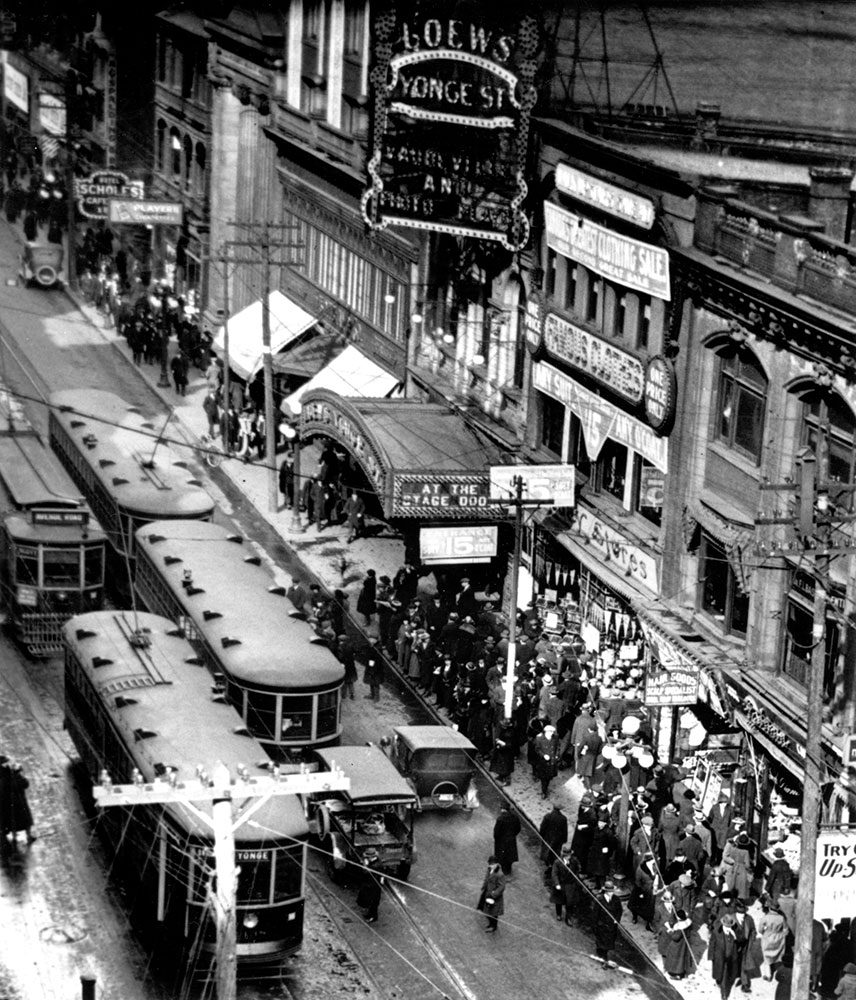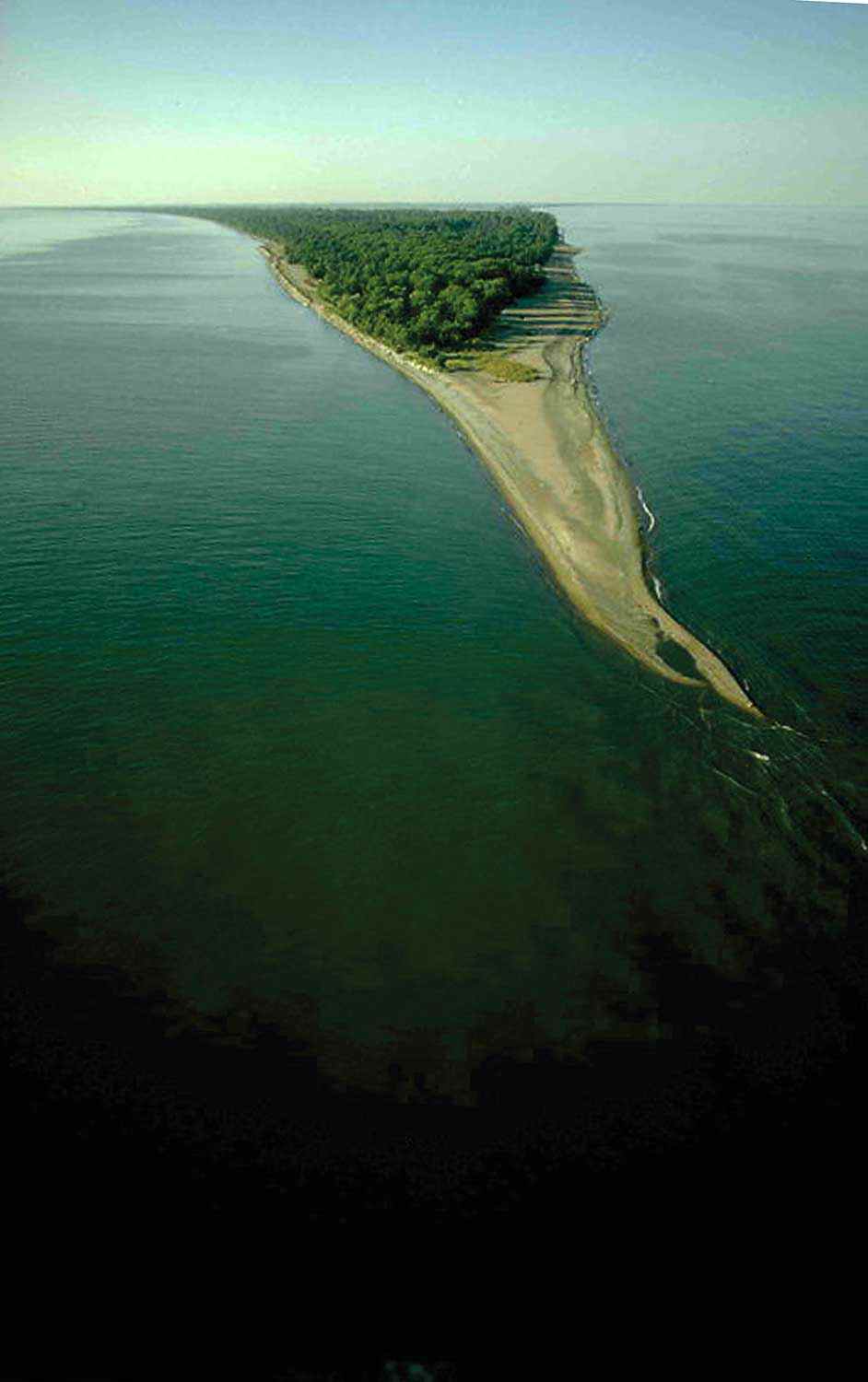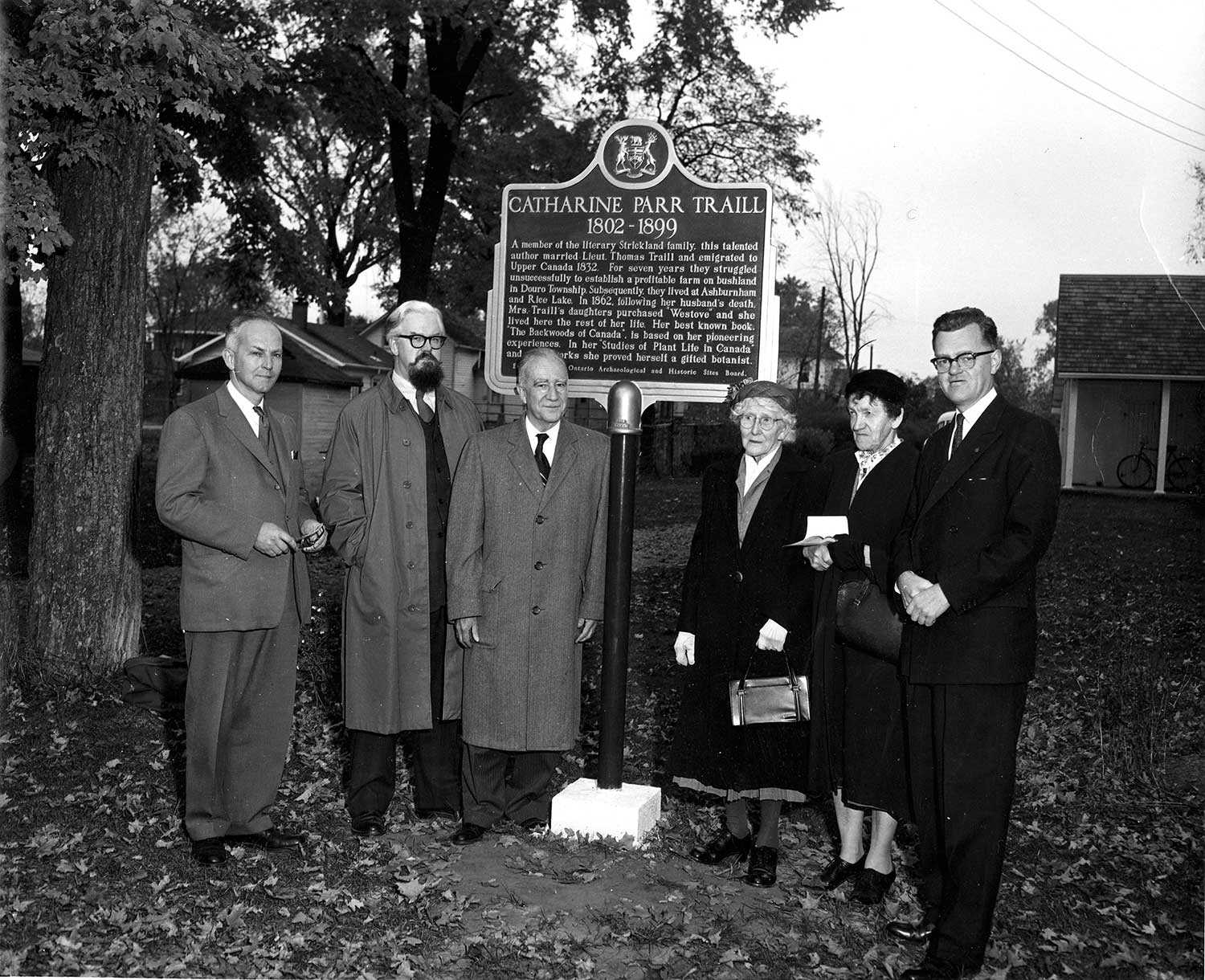

Browse by category
- Adaptive reuse
- Archaeology
- Arts and creativity
- Black heritage
- Buildings and architecture
- Communication
- Community
- Cultural landscapes
- Cultural objects
- Design
- Economics of heritage
- Environment
- Expanding the narrative
- Food
- Francophone heritage
- Indigenous heritage
- Intangible heritage
- Medical heritage
- Military heritage
- MyOntario
- Natural heritage
- Sport heritage
- Tools for conservation
- Women's heritage
Arts and culture in francophone Ontario
In the 19th century and the first half of the 20th, Ottawa was the centre of francophone cultural and literary life in Ontario. Live theatre performances by amateur troupes and companies from Quebec and France were common. Many civil servants were also writers. Short stories and folksongs provided a living catalogue of the culture. In 1948, Father Germain Lemieux of Sudbury began collecting these.
In the late 1960s, with the fracturing of the concept of French Canada, the francophone community in Ontario had to redefine its sense of cultural identity. In 1970, a Franco-Ontarian Office was created within the Ontario Arts Council.
Sudbury was in full artistic and counter-cultural effervescence with the Serene Revolution. In February 1971, a Laurentian University troupe presented a collective work entitled Moi, j’viens du Nord, ‘stie!, a multimedia and musical performance. The young performers hoped that the audience would identify with both the subject and the language of the stage show. That summer, the Théâtre du Nouvel-Ontario was founded. The following year saw the birth of the Coopérative des artistes du Nouvel-Ontario, which would give rise to the Prise de parole publishing house (1973), the band Cano Musique (1975) and the art gallery, Galerie du Nouvel-Ontario (1976).
The performing arts were at the forefront of artistic and cultural expression in the 1970s. Théâtre-action (1972) organized a festival of school theatre and a festival for community theatre groups and, in 1978, created Liaison, a magazine of arts and culture. In the 1970s, three other troupes formed in the Ottawa area. In Sudbury, the Nuit sur l’étang festival began in 1973; described as “a Nocturnal Frenzy of FrancoOntarian Partying,” it became – and remains – an essential stage for songwriters. In addition, in La Cuisine de la poésie (the “poetry kitchen,” 1975 79), poetry, music and singing went alongside critical and socially-engaged commentary. In Ottawa, the Festival franco-ontarien (1976) brought francophones together.
In literature, the boom came in the 1980s with new literary publishing houses. Poets, playwrights, novelists, short story writers and essayists were showcased at book fairs. Franco-Ontarian works, some of which would go on to win prestigious literary prizes, began to be studied in high schools and universities at the end of the 1970s.
Sometimes associated with Franco-Ontarians’ demands for language rights, songwriting flourished with help from community radio, Radio-Canada, the Ontario Pop contest (1986), the Quand ça nous chante Festival in schools (2004), and the Prix Trille Or awards gala (2001). Visual artists and dramatic and documentary filmmakers also bore witness to the vitality of the arts in French-speaking Ontario. The public television network, TFO (1989), produced current affairs and information programming, as well as TV series for Franco-Ontarians.
Today, a number of Franco-Ontarian artists have reached national and international audiences, and their works are the reflection of a dynamic, modern community.

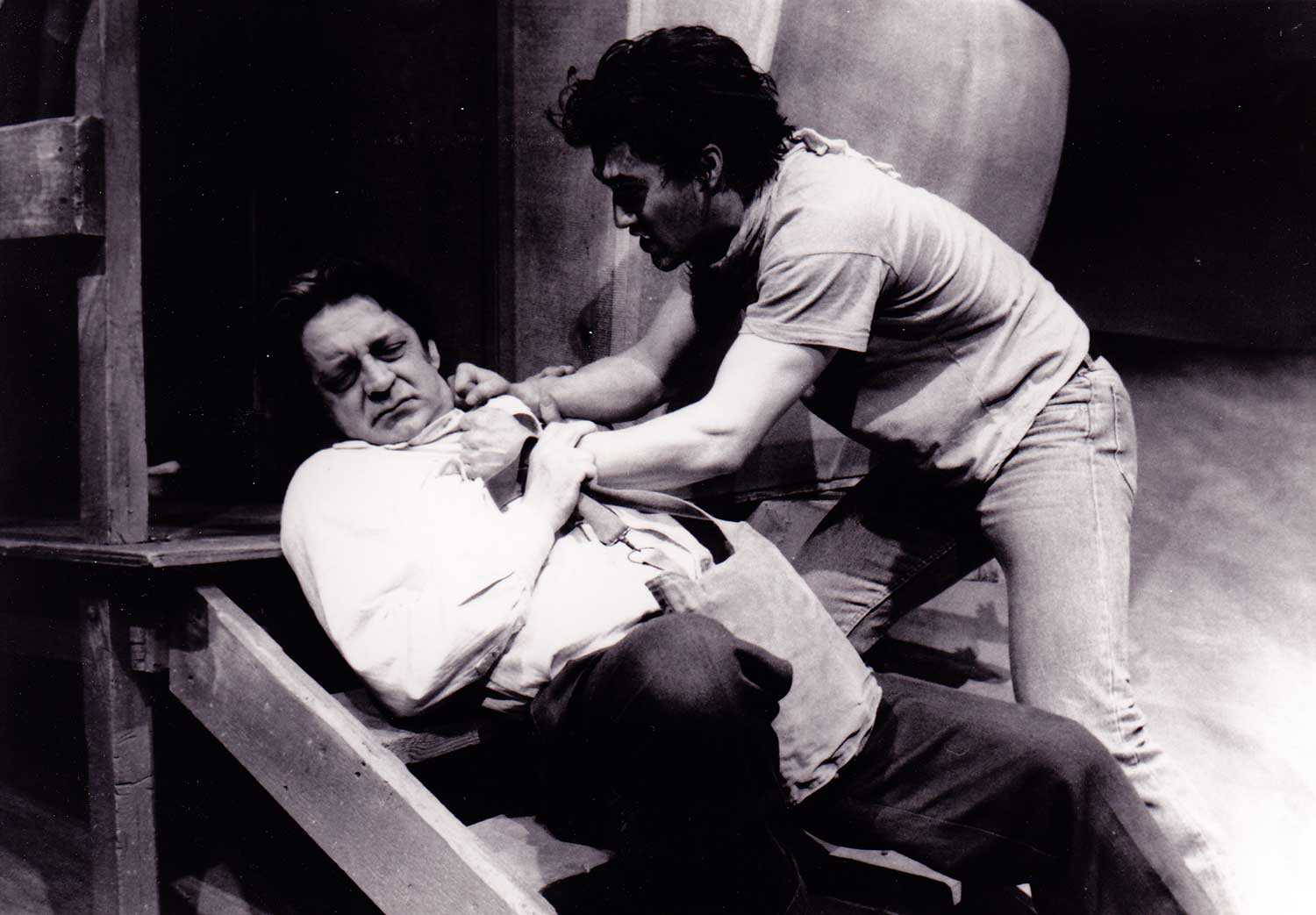

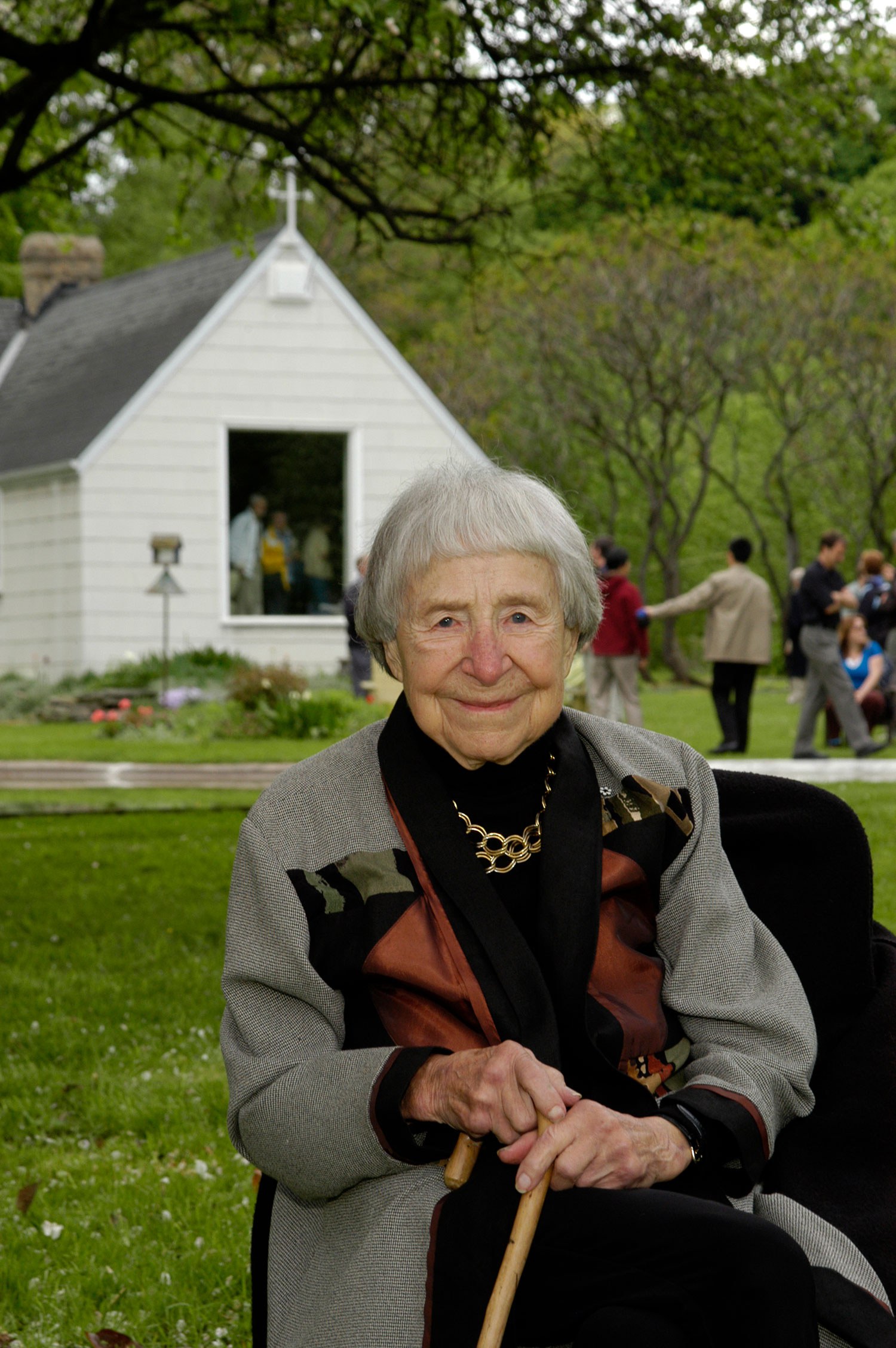
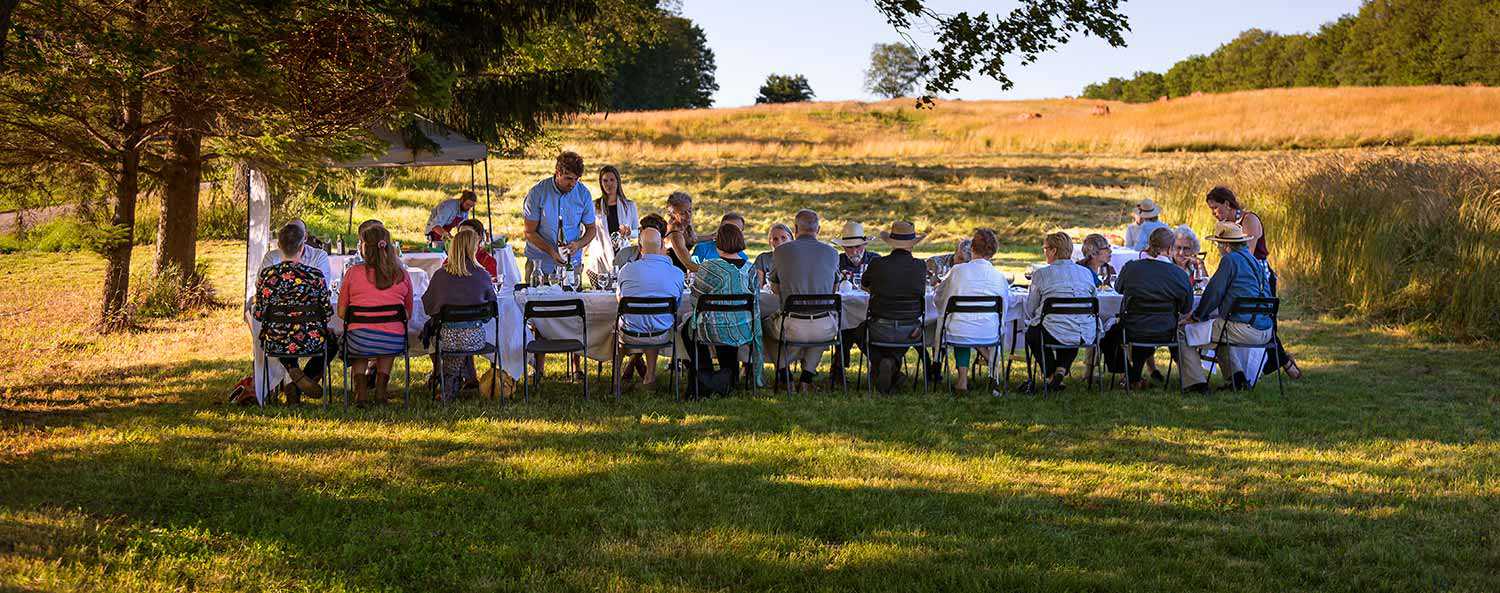
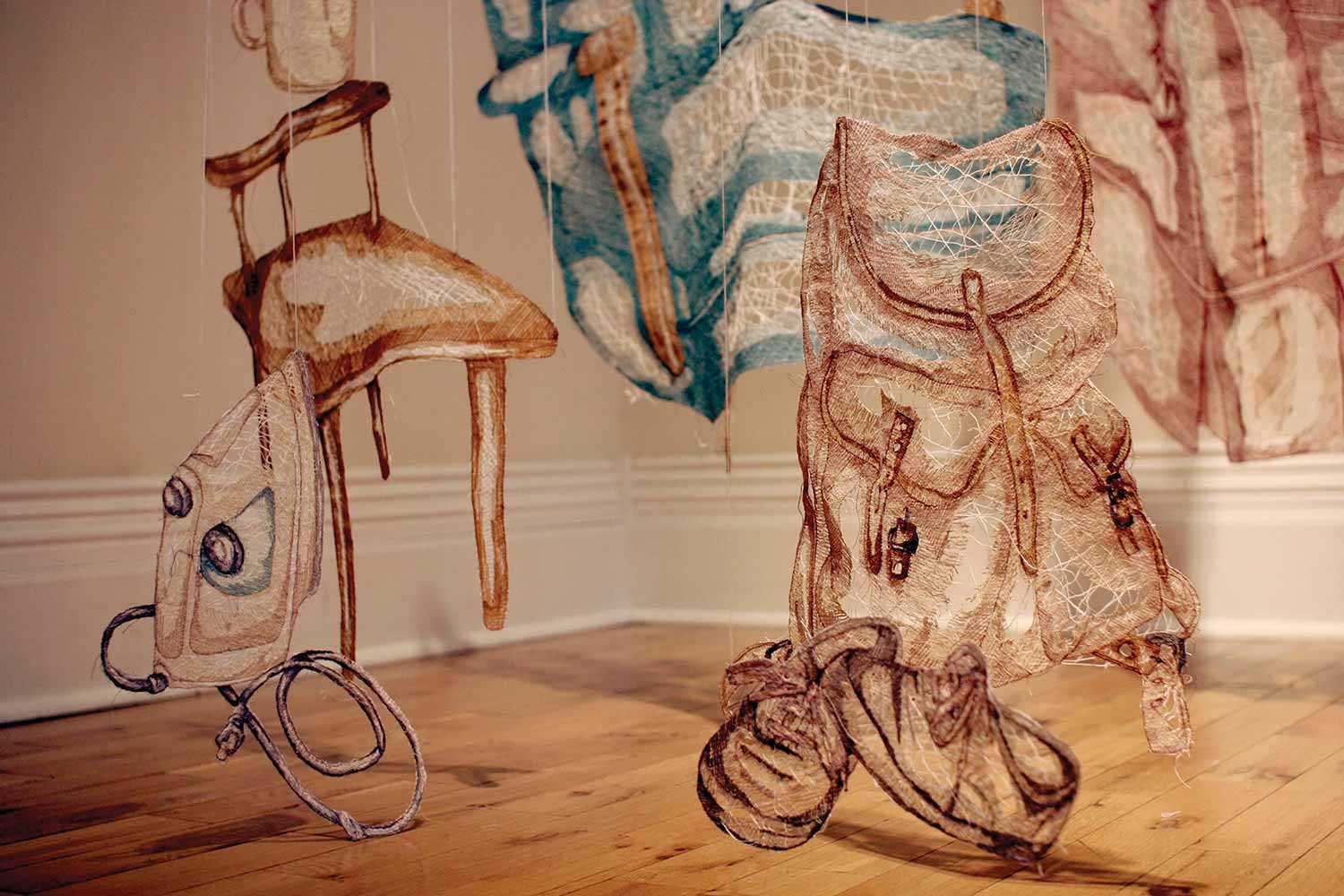
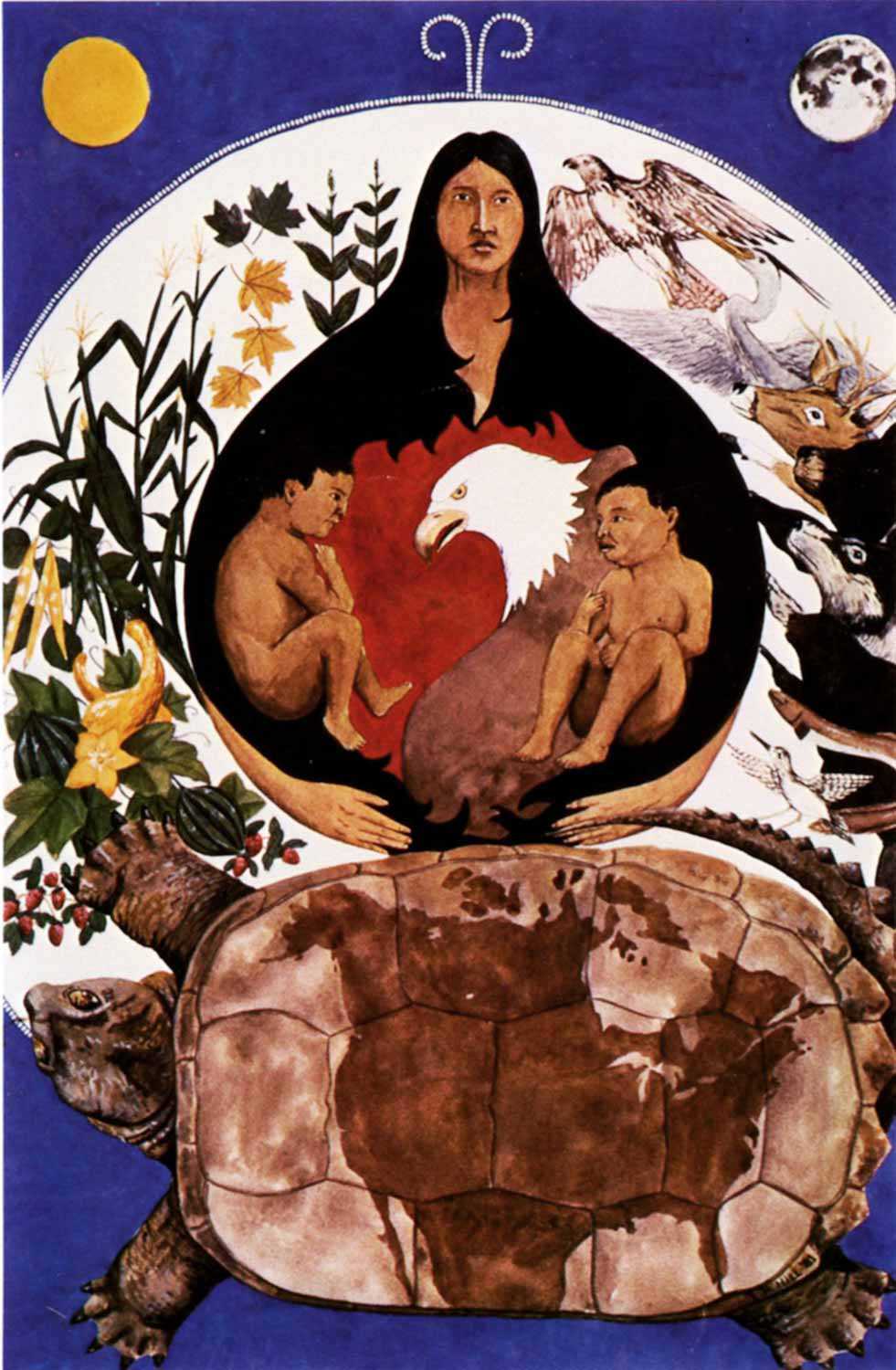
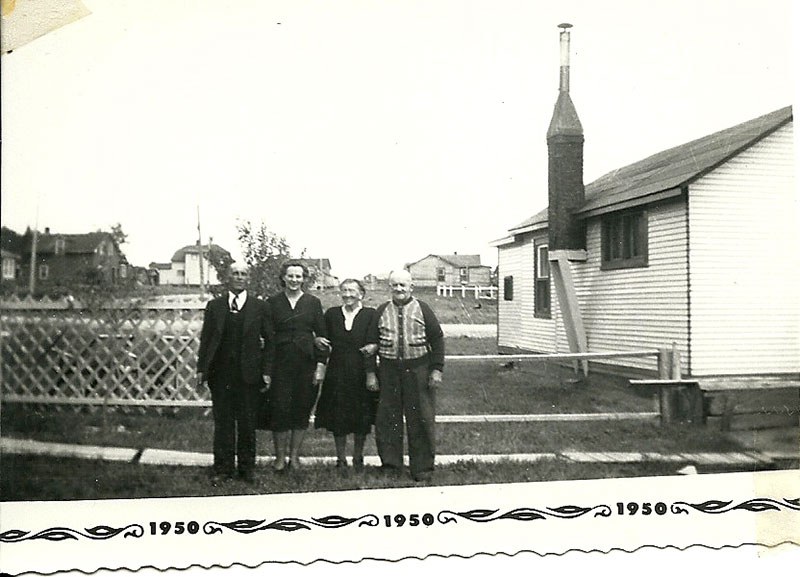
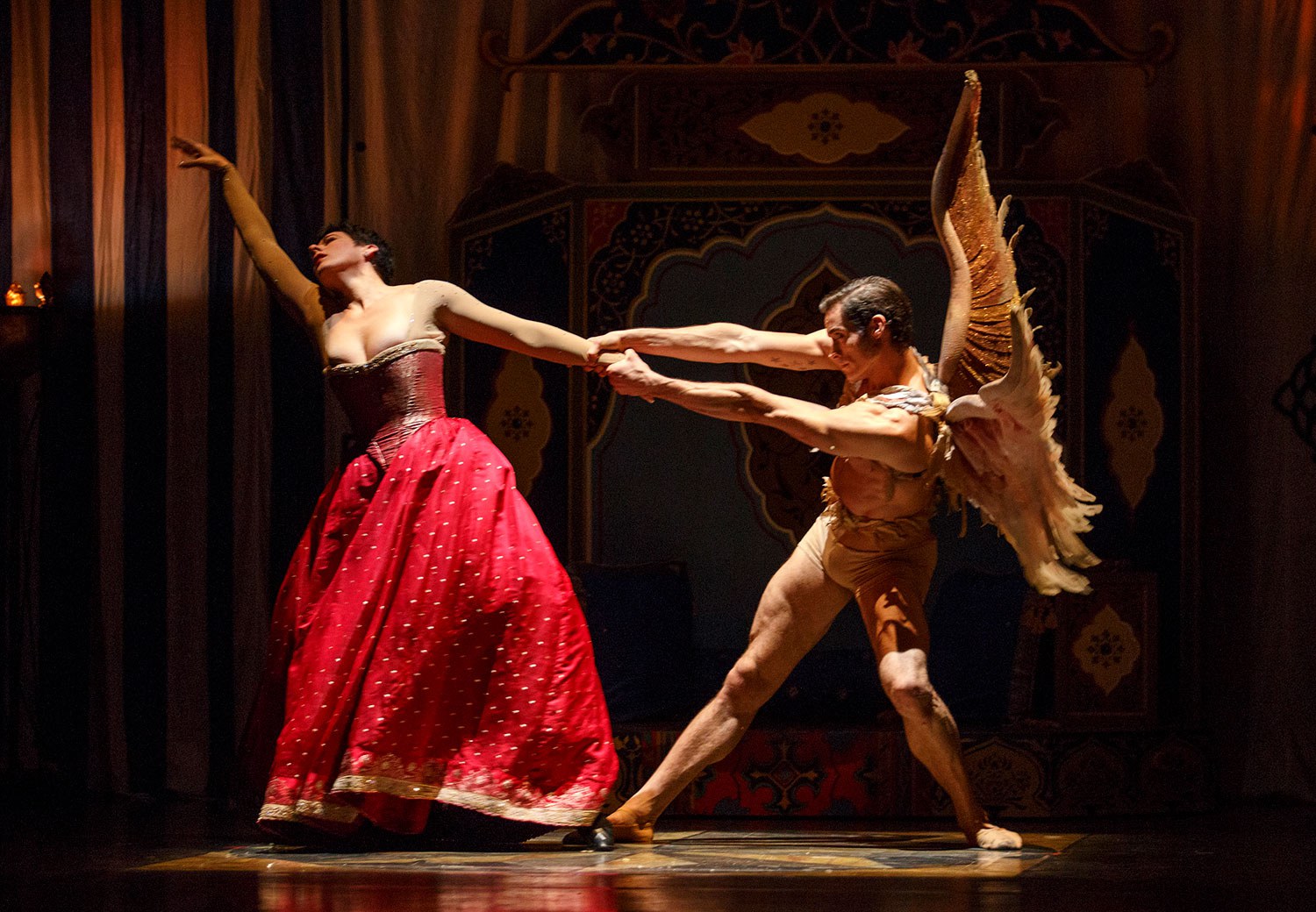
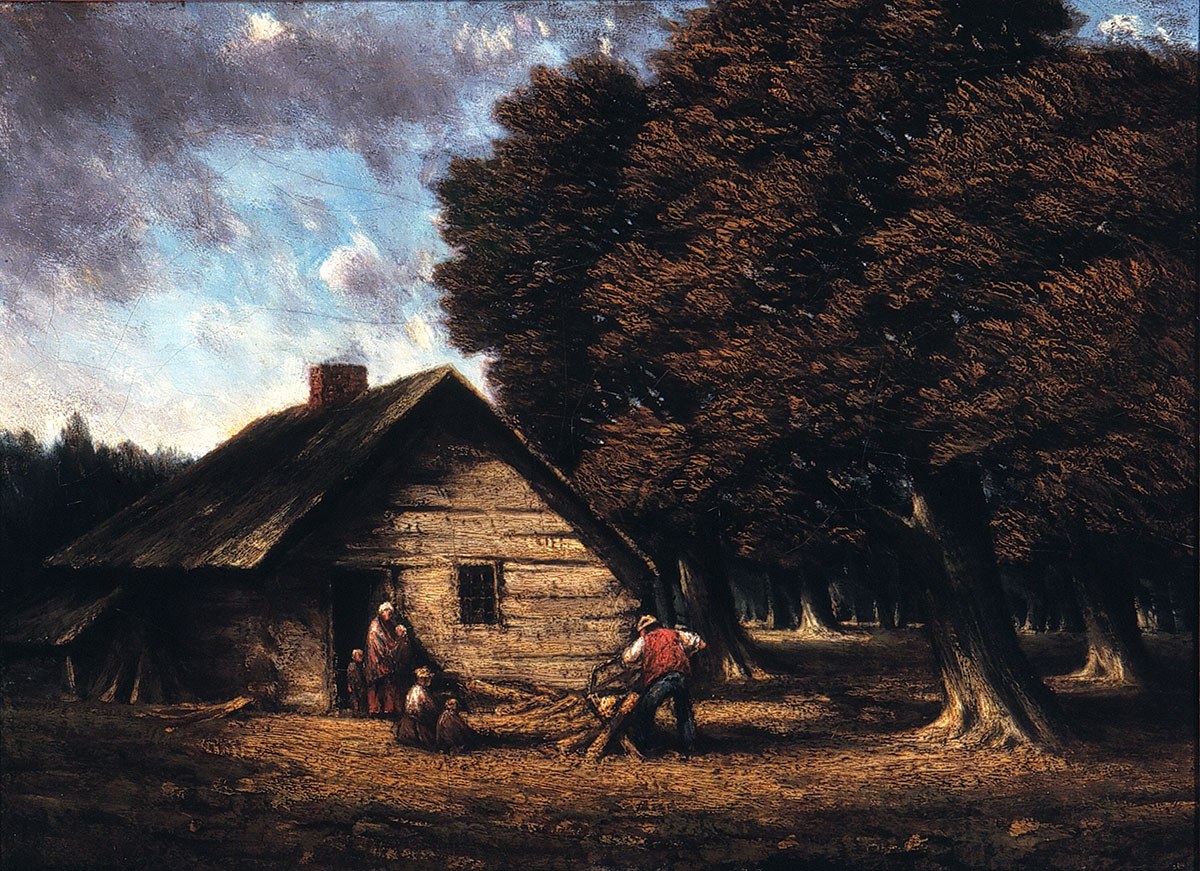
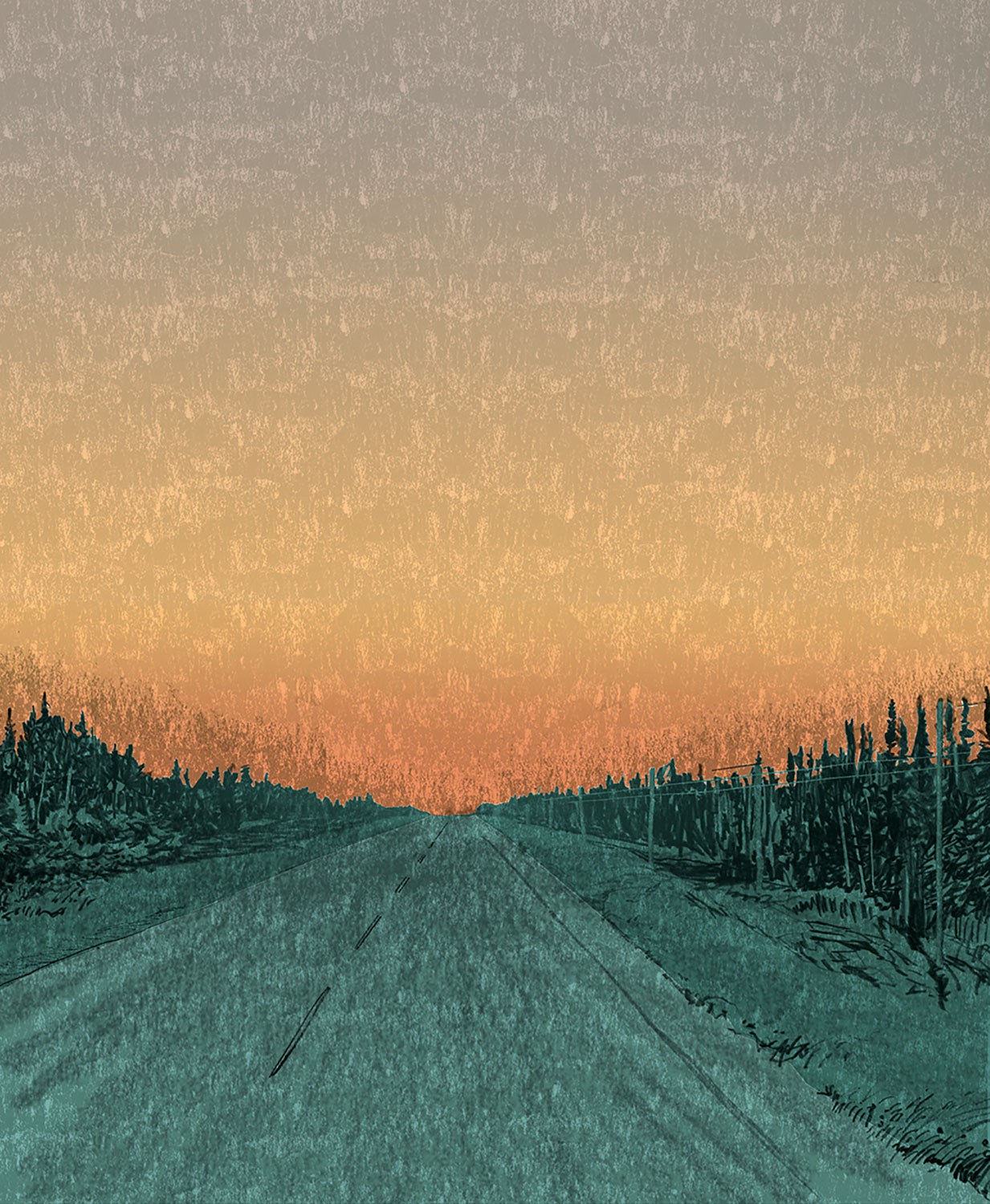



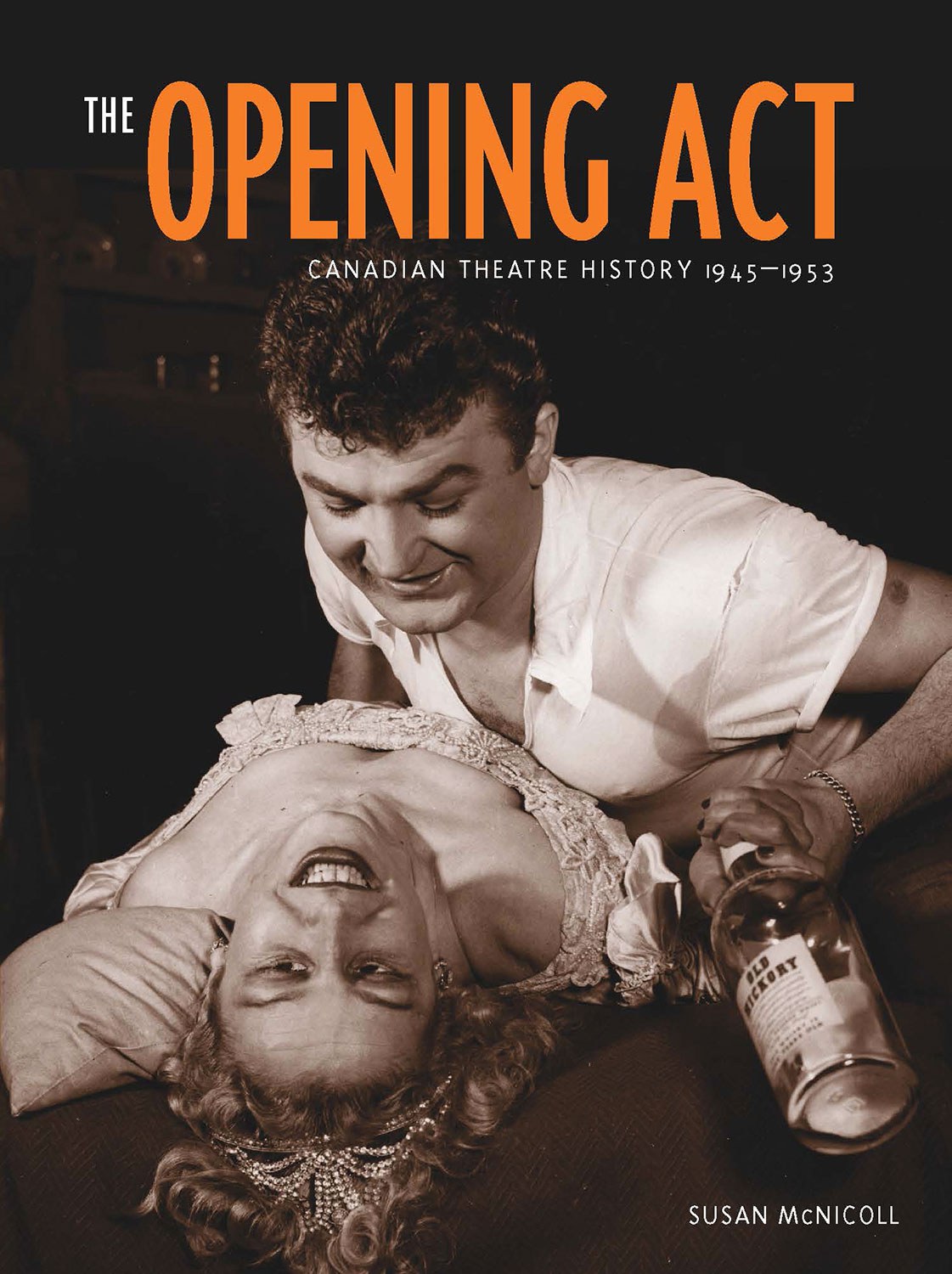
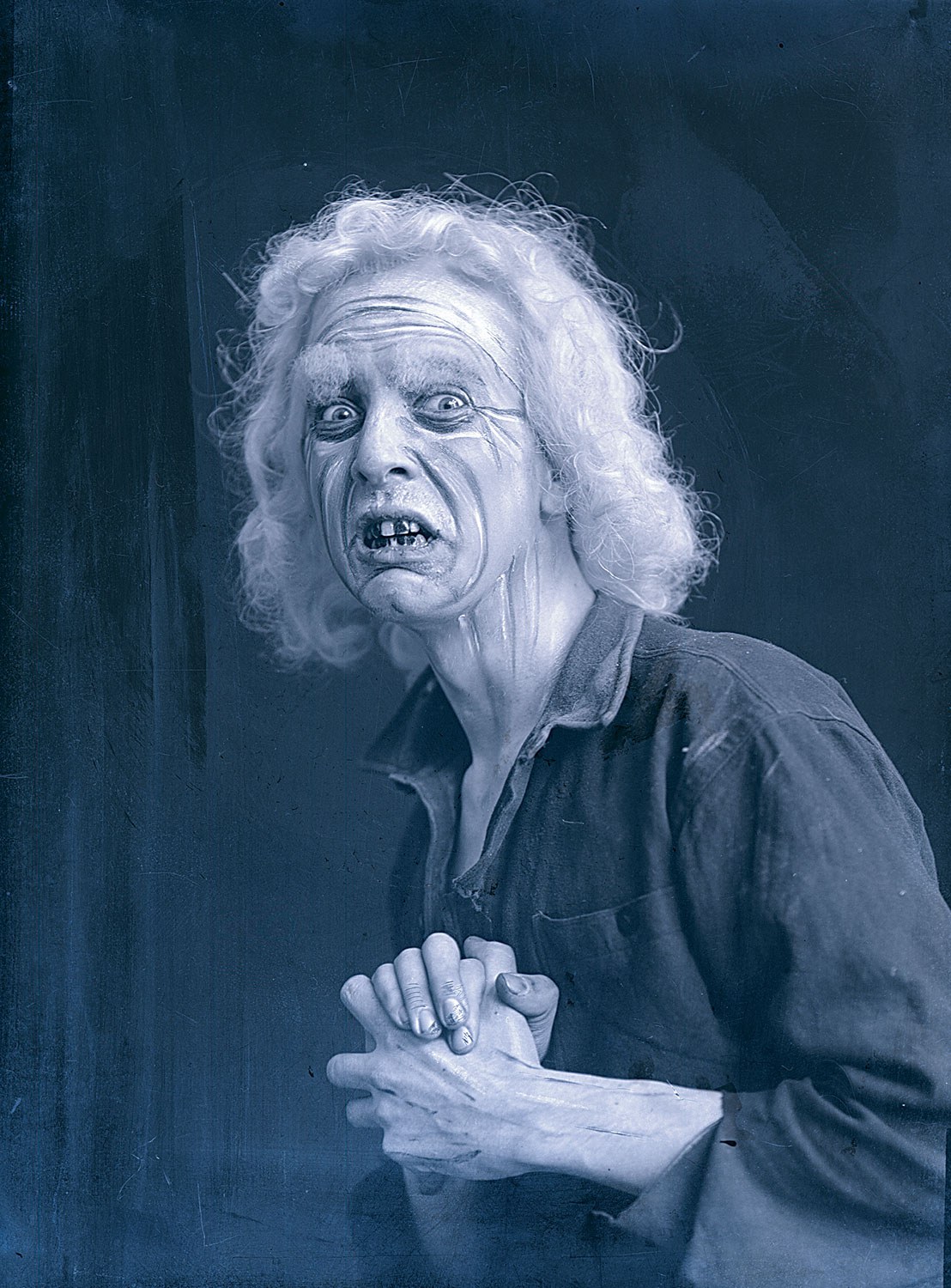

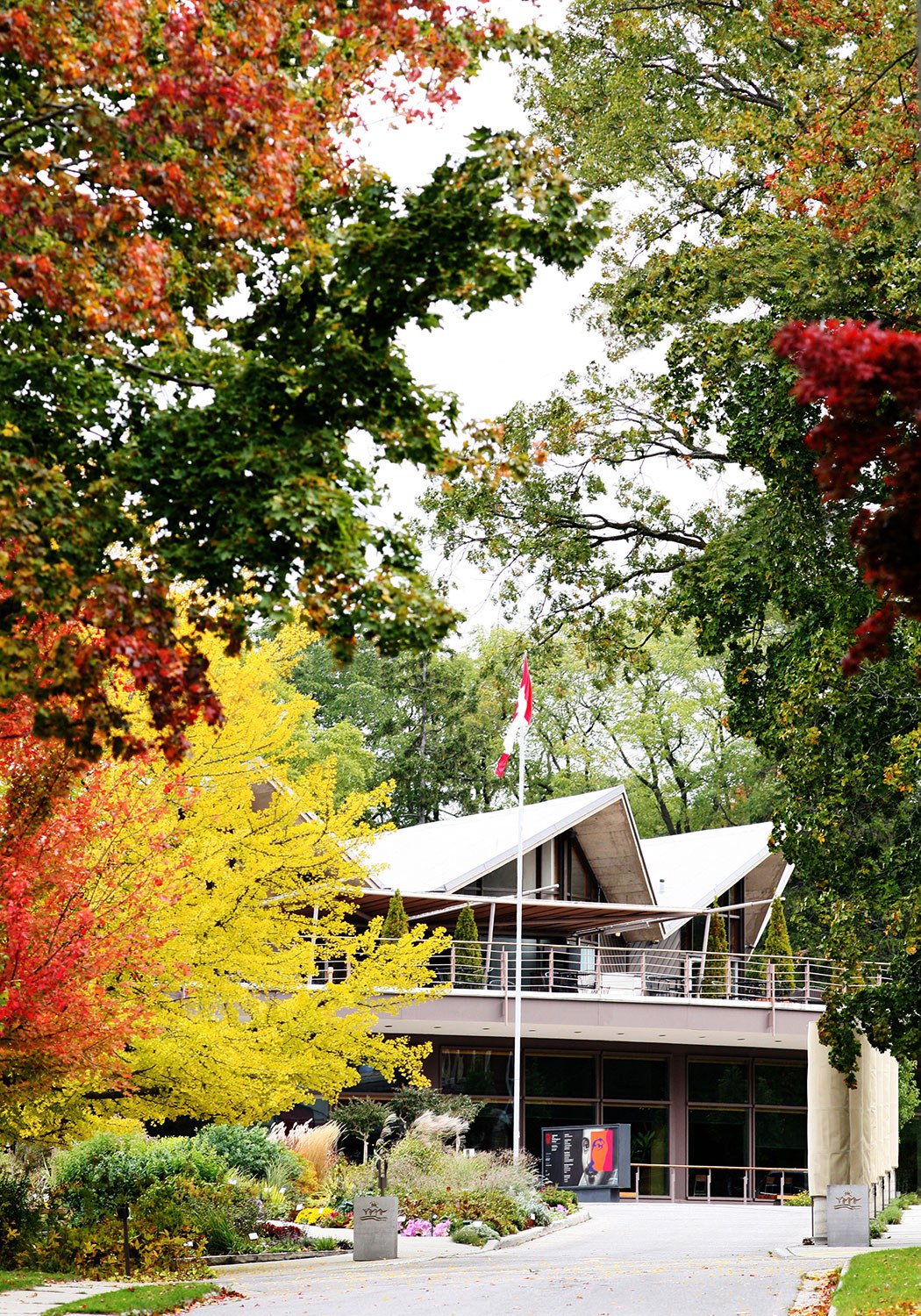

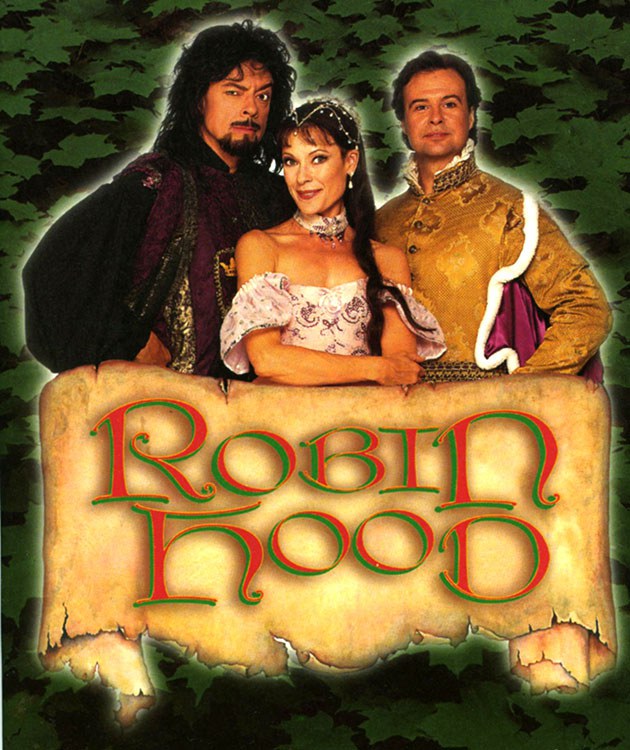

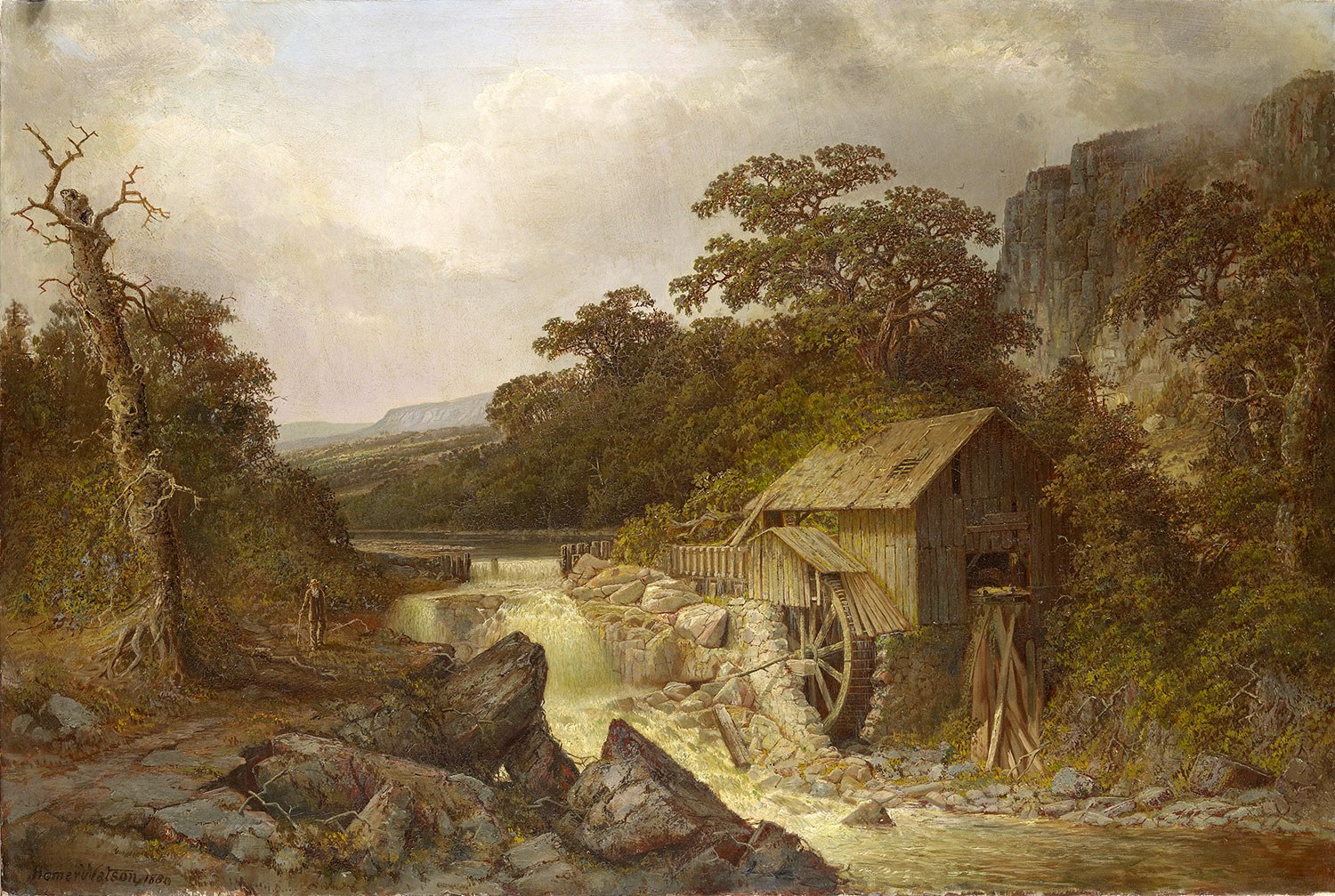
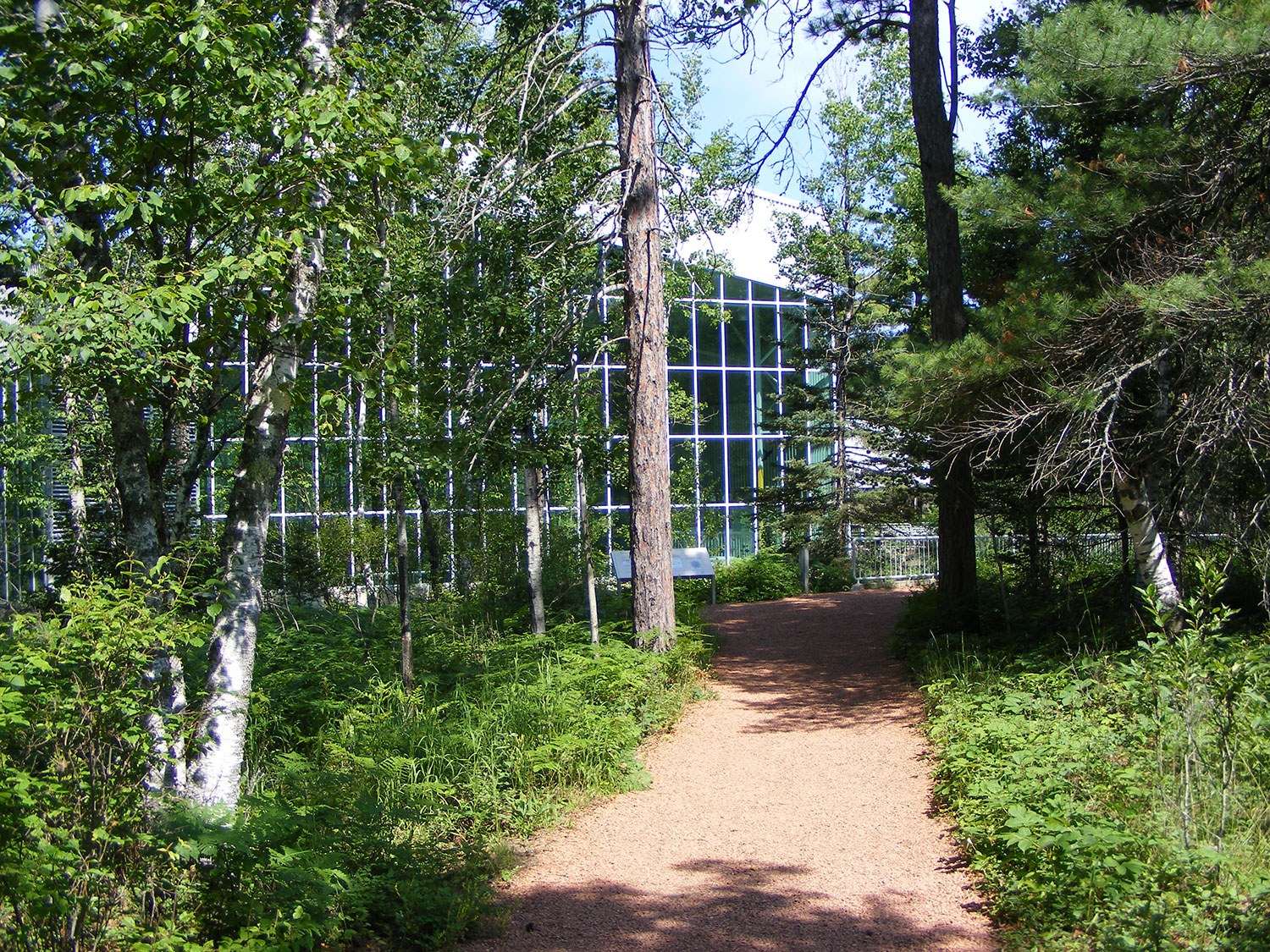
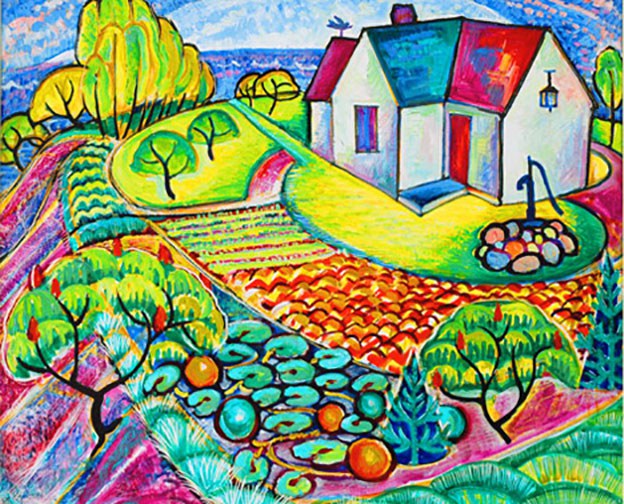
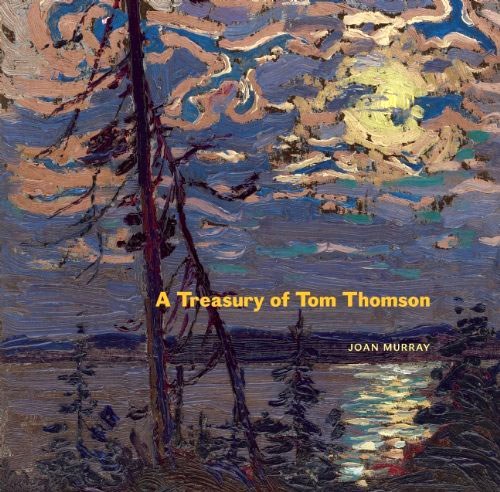
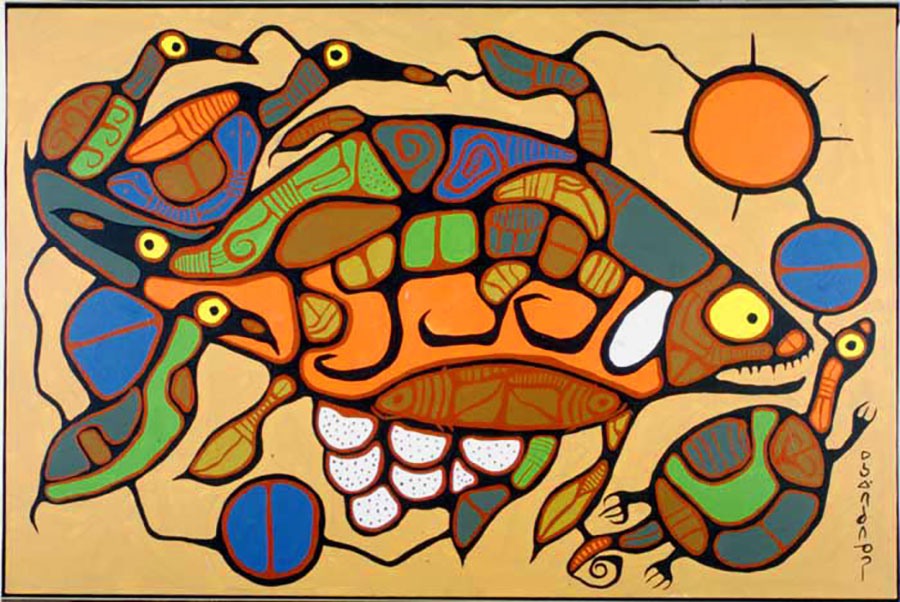
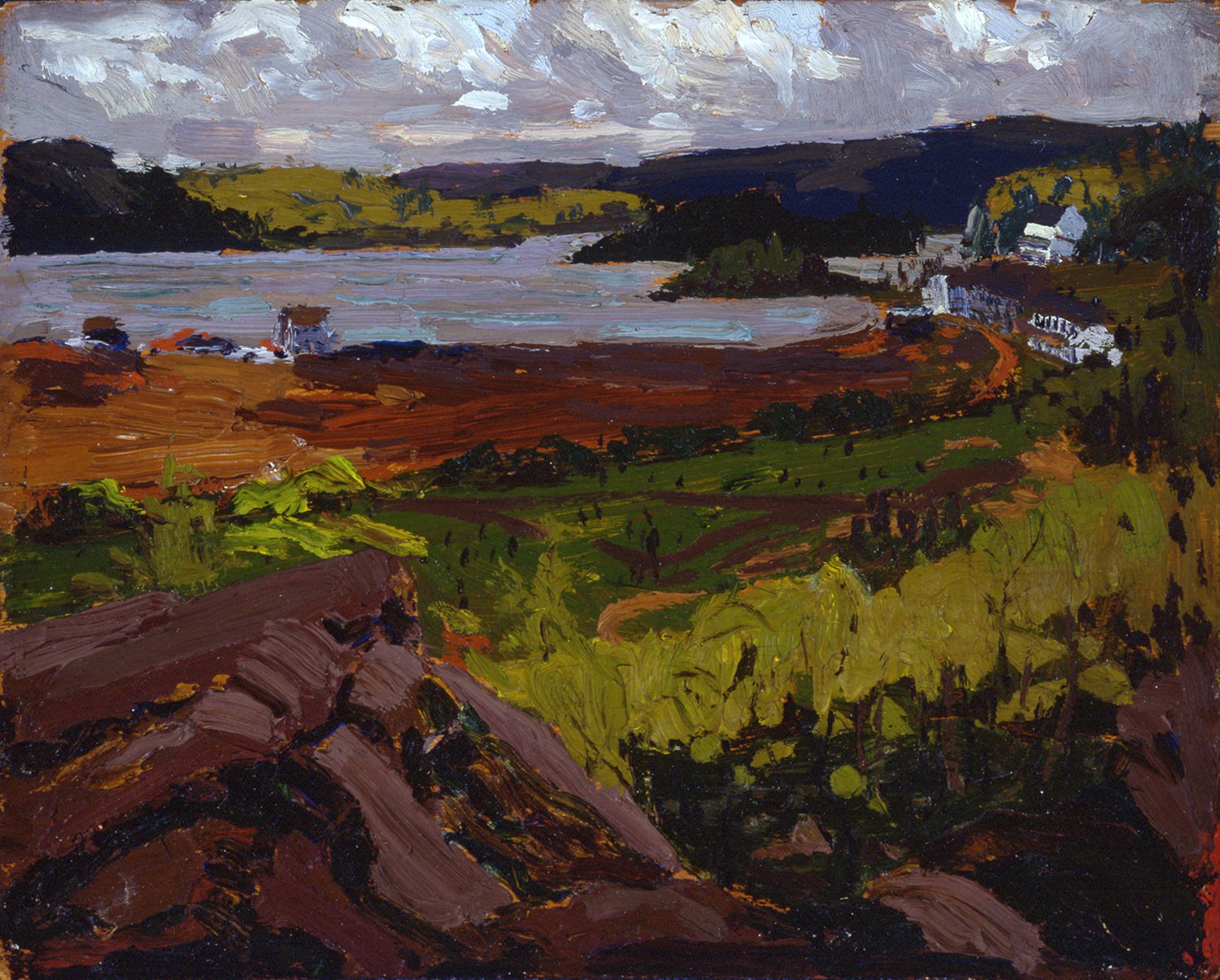
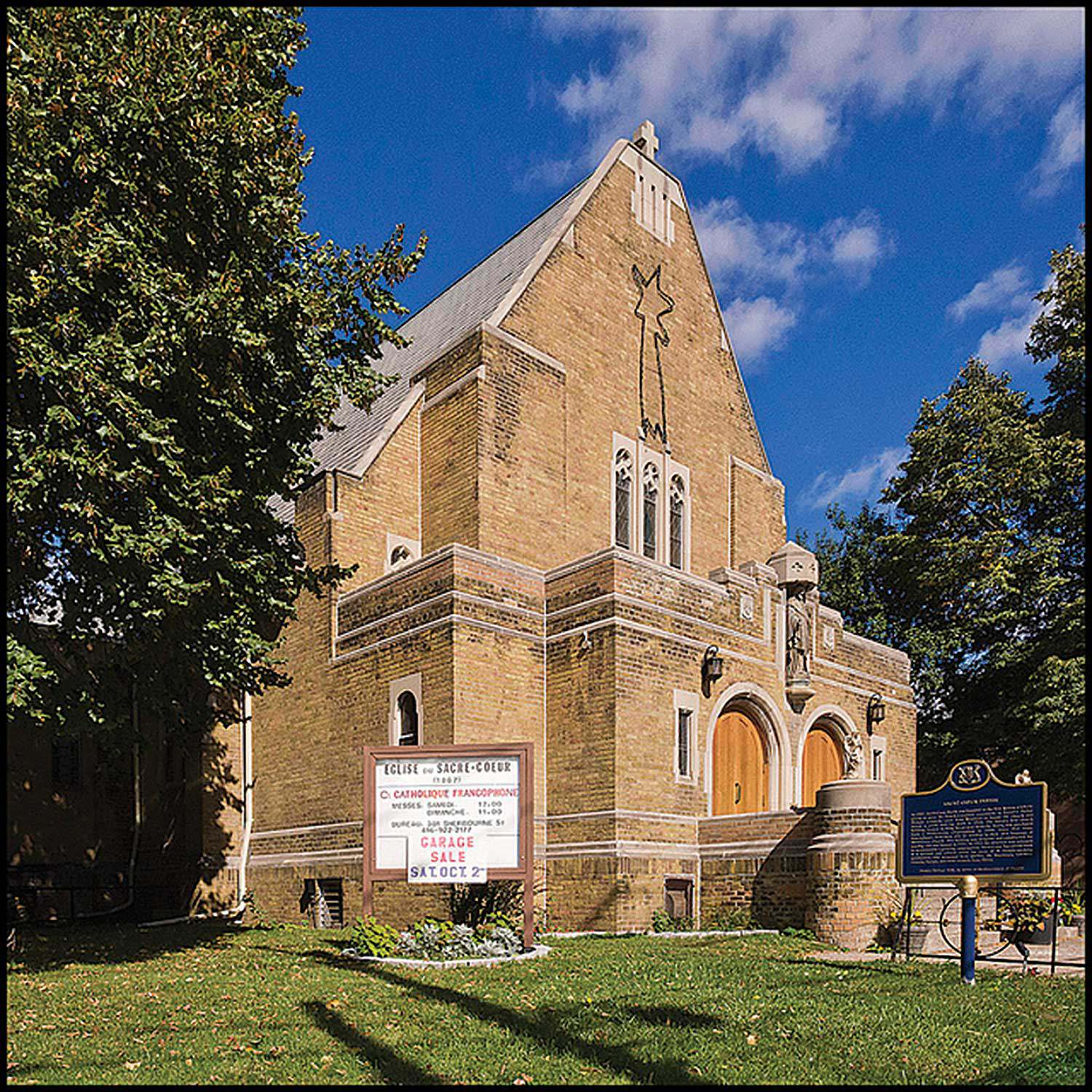
![The family of Simon Aumont. Only Simon himself and Irène (seated, holding a doll), survived the great fire that devastated the region in 1916, Val Gagné (Ontario), [before 1916]. University of Ottawa Centre for Research on French Canadian Culture, TVOntario archive (C21), reproduced from the collection of Germaine Robert, Val Gagné, Ontario.](https://www.heritage-matters.ca/uploads/Articles/Frenette-Ph23-VG-3-web.jpg)
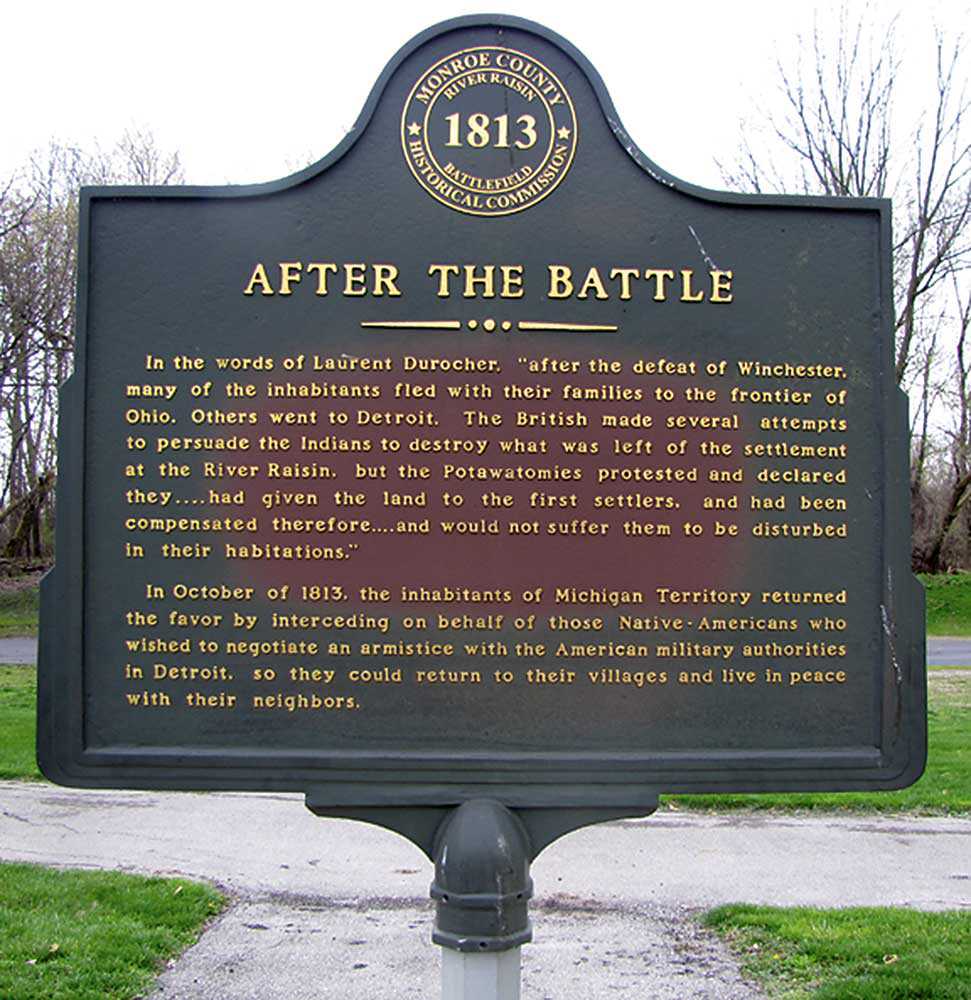
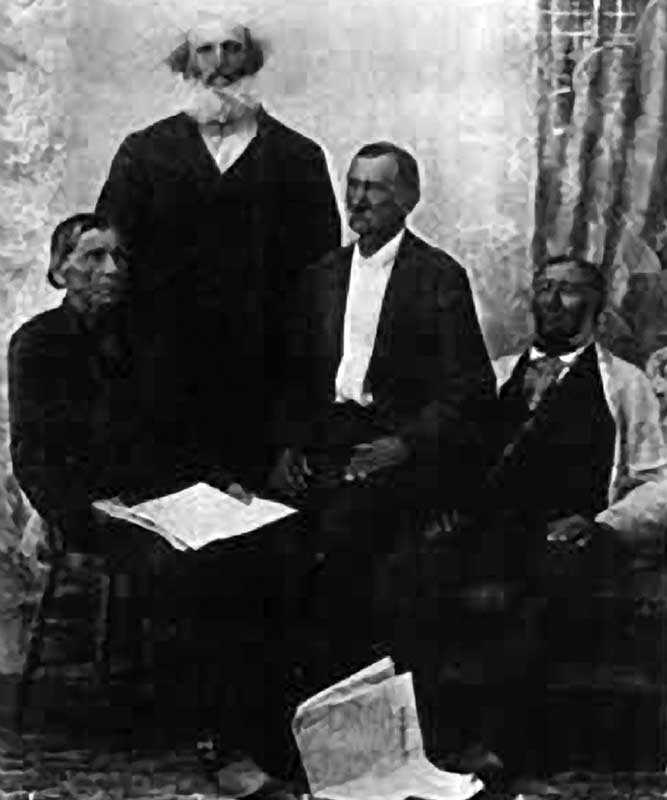

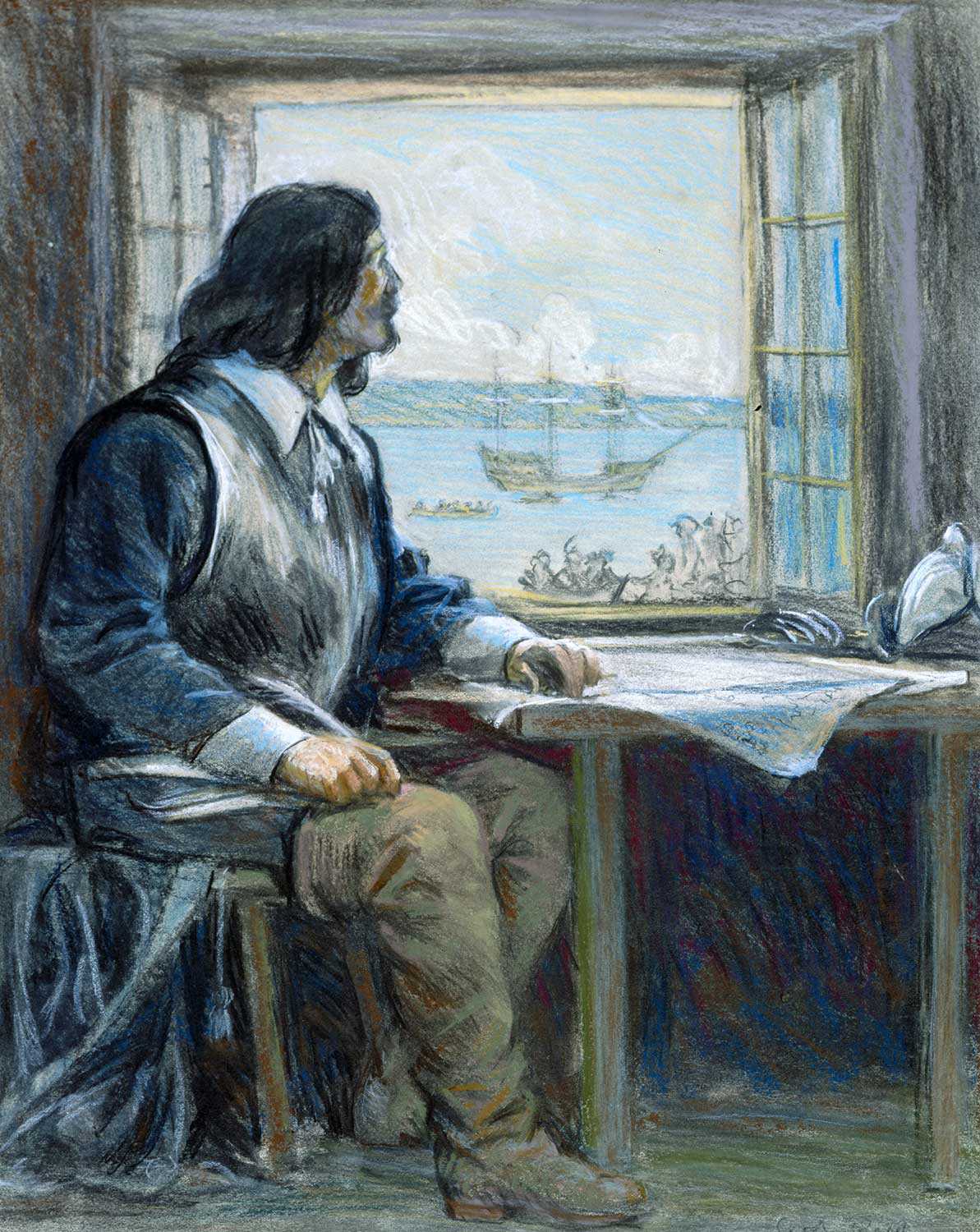
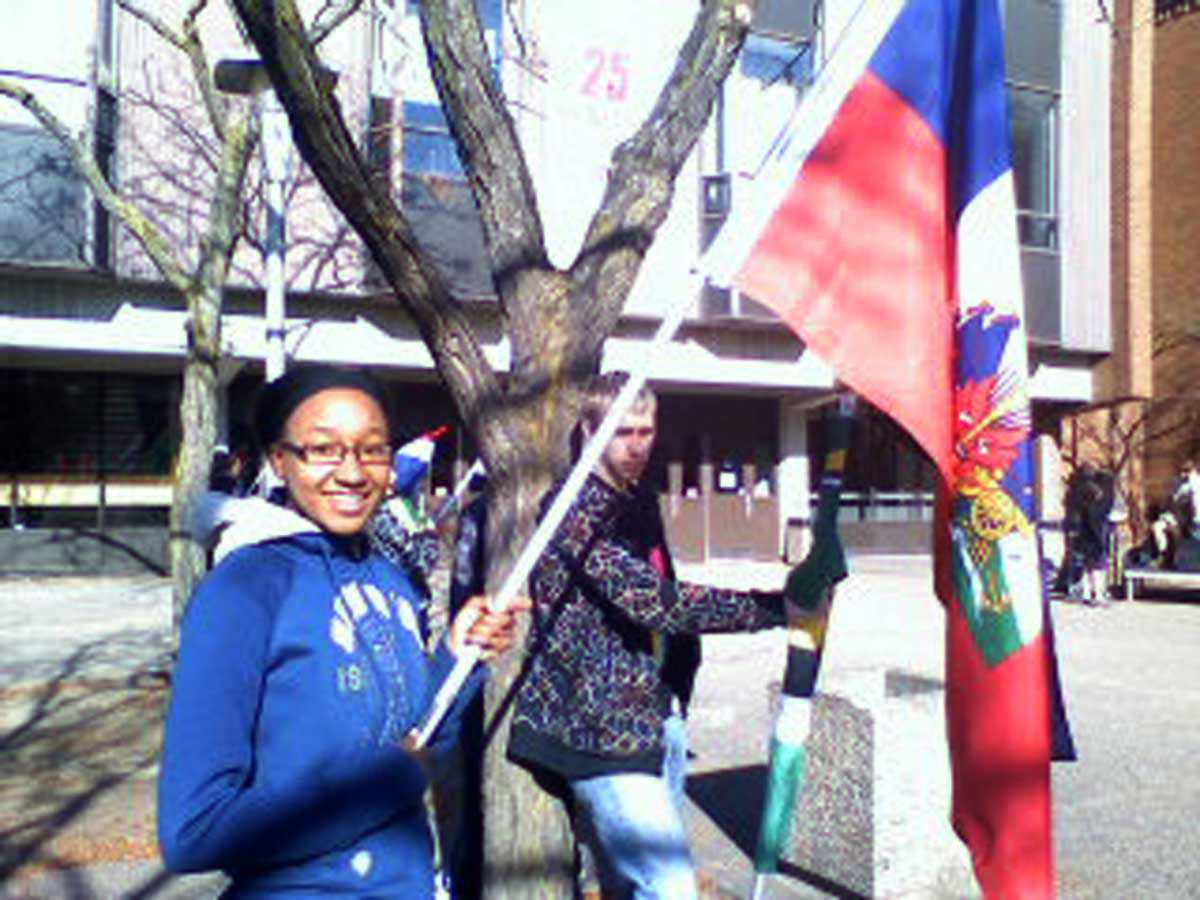
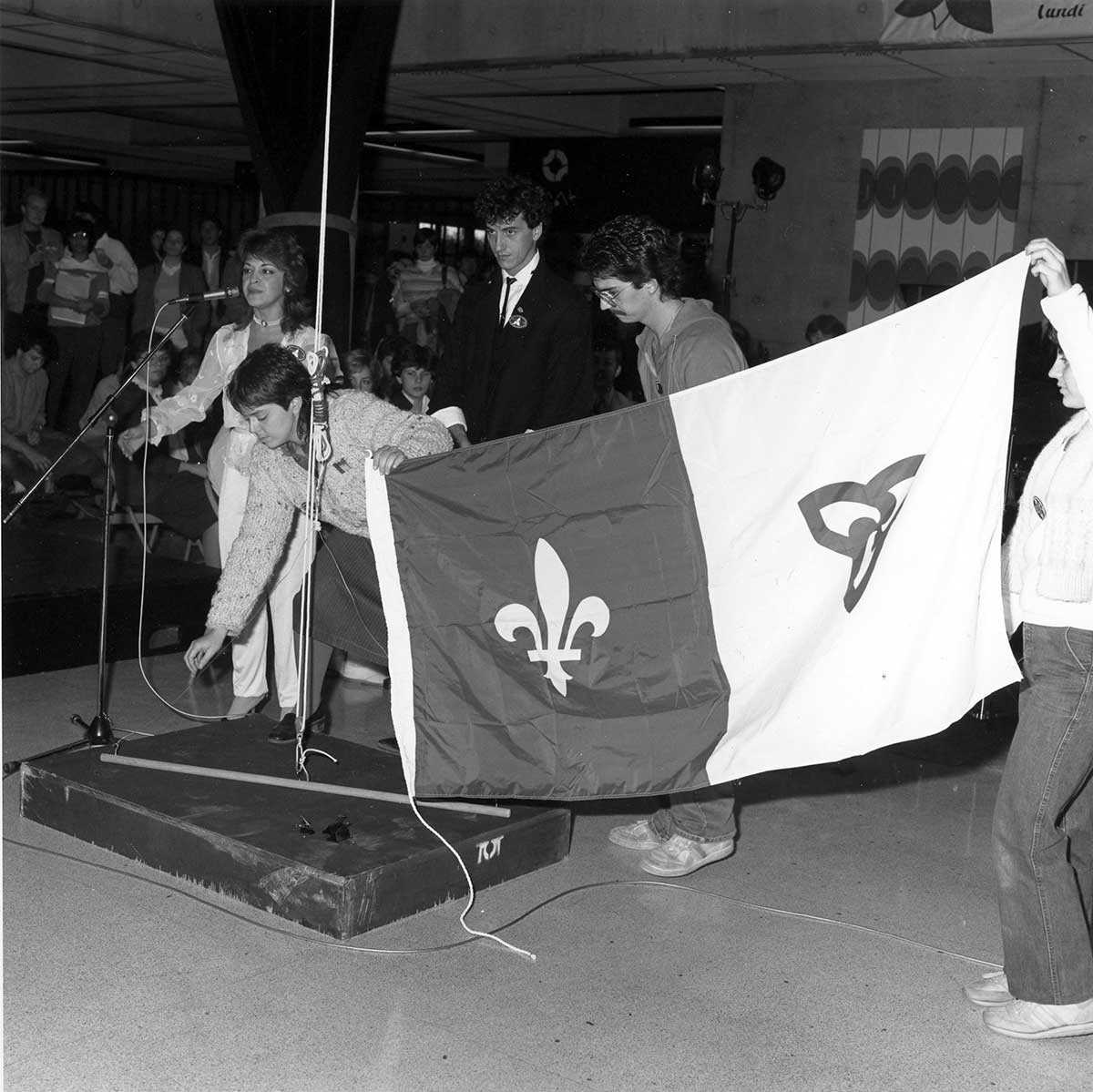
![Students demonstrating against Regulation 17 outside Brébeuf School on Anglesea Square in Ottawa’s Lowertown, in late January or early February, 1916 / [Le Droit, Ottawa]. University of Ottawa, Association canadienne-française de l’Ontario archive (C2), Ph2-142a.](https://www.heritage-matters.ca/uploads/Articles/Cecillon-Ph2-142a-web.jpg)
